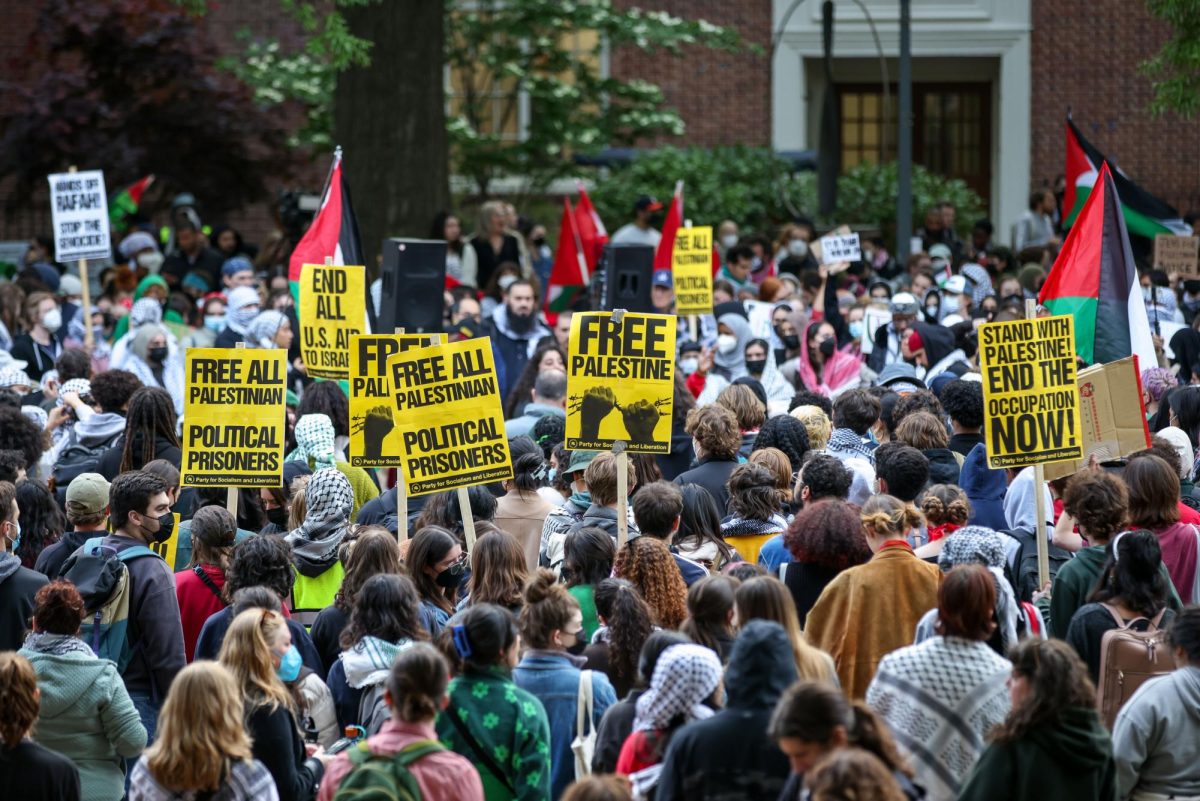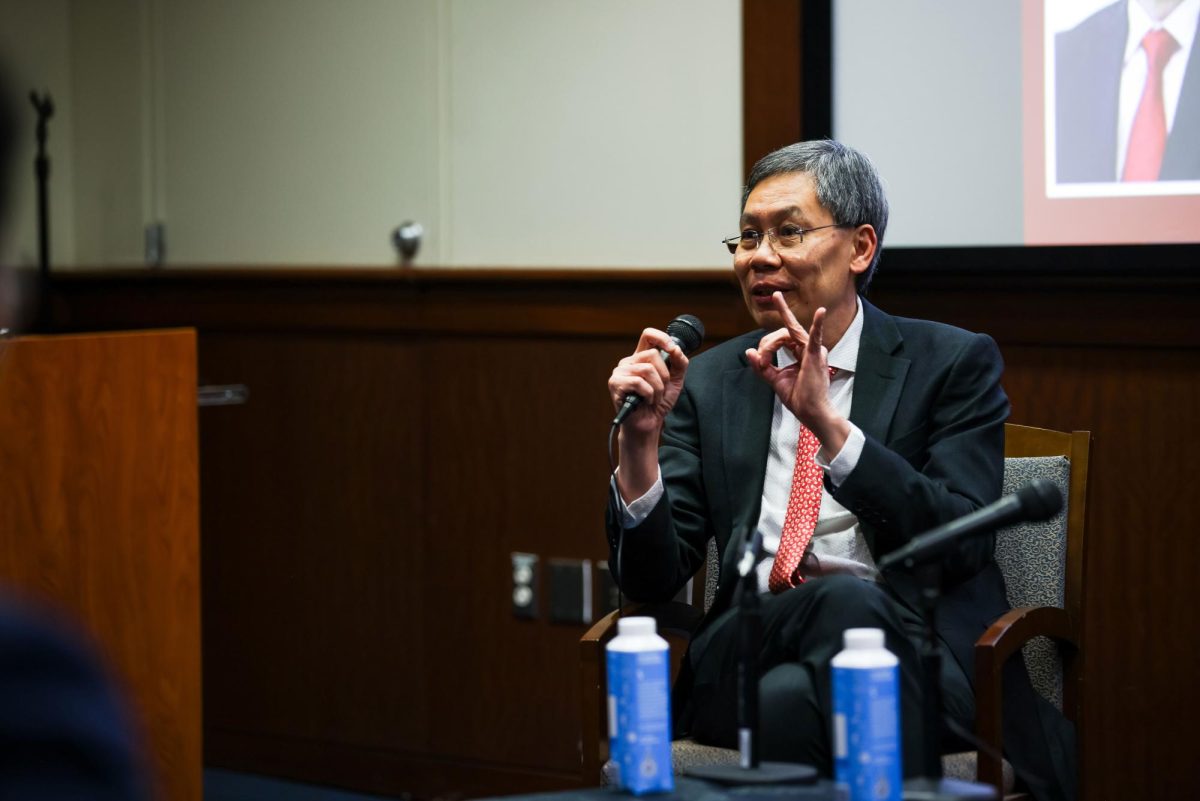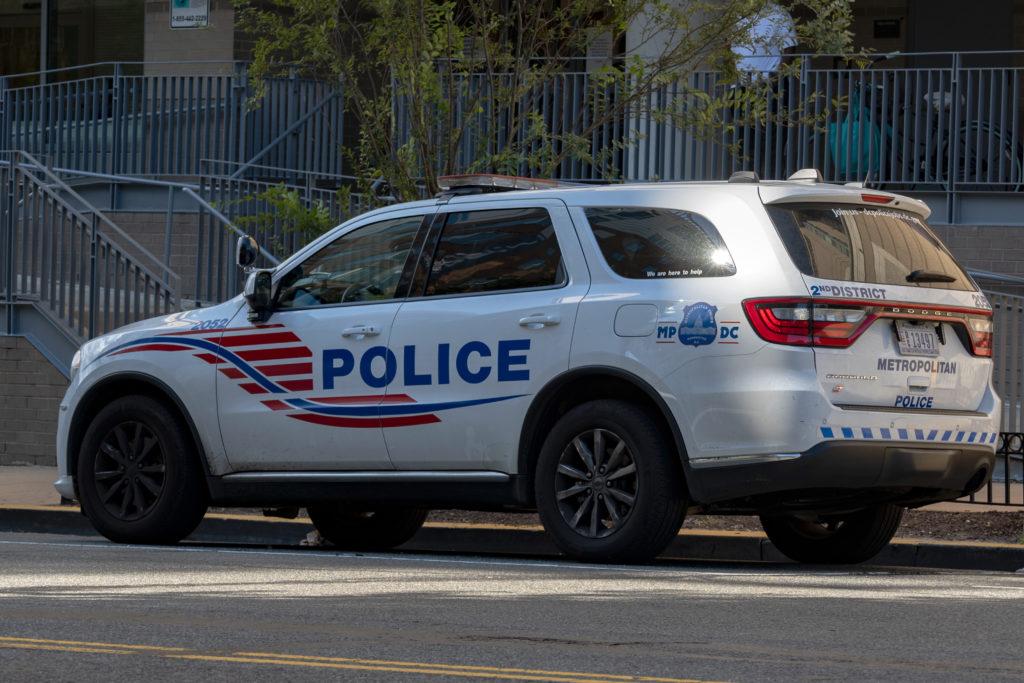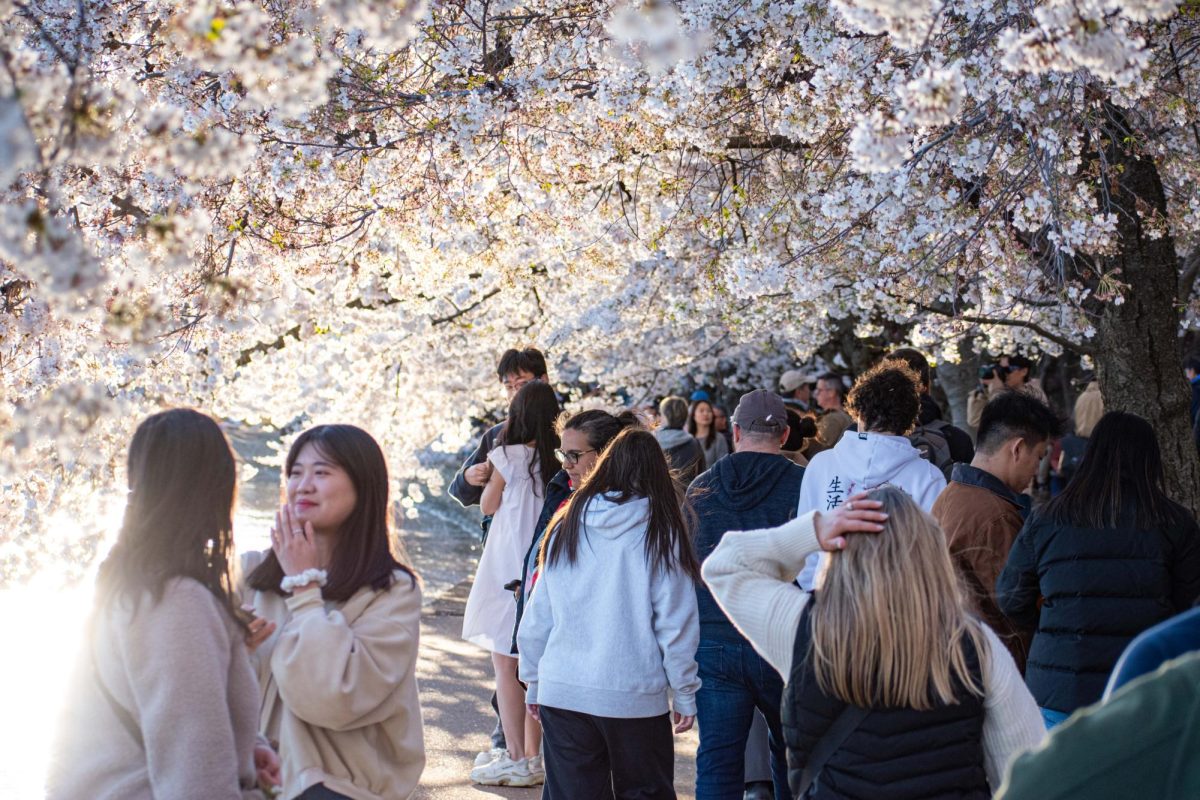As soon as I woke up on Tuesday, March 22, I was met by push notifications informing me of the attacks in Brussels. I skimmed through the stories to see there had been two explosions in an airport and one in the subway, leaving at least 30 people dead.
As much as I tried to avoid it, I couldn’t help but feel anxious about the possibility of an attack here. I’m a regular Metro rider in D.C. – a city that has long been threatened on terrorists’ hit lists. I felt exposed, underprotected and weary as I rode the Metro later that day.
I kept reminding myself that it was very unlikely an attack would occur in D.C., given all of the city and federal government’s security measures. But positive thinking can’t always keep fear away. And the Metro seemed like an obvious target to me because there’s little evident security, like metal detectors, and it’s always crowded during rush hour – the time of day I most often ride.
When we hear about a terrorist attack, our first instinct is to call for sweeping security changes. But the longer I thought about security on the Metro, the more I realized that overhauling its safety infrastructure is probably not realistic – and we should all pay attention to keep ourselves as safe as possible.
One gut instinct after an attack like those in Brussels would be to demand security checkpoints on the Metro, similar to those in airports and in the Smithsonian museums. If everyone’s bags were checked while entering, it would be much less likely that a person with a bomb, or a gun, could get in. But we can’t indulge that instinct: Creating bag checks and metal detector lines on the Metro simply isn’t feasible.
Imagine how inefficient the Metro system would become if you had to go through airport-like security every time you swiped your SmarTrip card. The average wait time to go through security at Dulles Airport is more than 30 minutes – imagine waiting that time before even stepping onto the Metro platform. It would be impossible to get anywhere on time if you combine that with inevitable delays for track work.
People may not mind waiting that long to ride an airplane, considering most only do that a few times a year, but it’s entirely different to have to wait that long to ride the Metro when some people, including myself, ride it at least twice a day. Even if officials only set up bag checks, there would be an increase in the amount of time riders would need to wait before getting to their destinations. Those changes would also require hiring additional employees, which would cost the city money.
But even if it’s not possible for Metro officials to add metal detectors or institute bag checks, we can’t give them a free pass from prioritizing security. The safety of riders should be Metro officials’ top priority – whether that’s safety from pickpocketing or safety from terrorism.
Thankfully, officials have already made progress over the last week. Following the attacks in Brussels, the Metro Transit Police Department announced that they would hold more K-9 sweeps and patrols. Last month, Metro officials also added more security cameras and gave Metro police yellow vests to make them more visible.
But a lot of times, it’s the average Metro rider like me – and other GW students – that can be a part of the solution. We should keep a close eye on everything that occurs around us and report any suspicious behavior to the police. Metropolitan Police Department Chief Cathy Lanier encouraged this in her statement following the attacks, reminding riders to “see something, say something.”
I wish I could say that terrorism won’t stop us from living our lives normally, but it has already changed how I look at my commute. By taking a step back, we can see that there are people out there doing their best to keep us safe, and we can help in this effort too.
Laura Castro Lindarte, a freshman double-majoring in journalism and political science, is a Hatchet opinions writer. Want to respond to this piece? Submit a letter to the editor.





